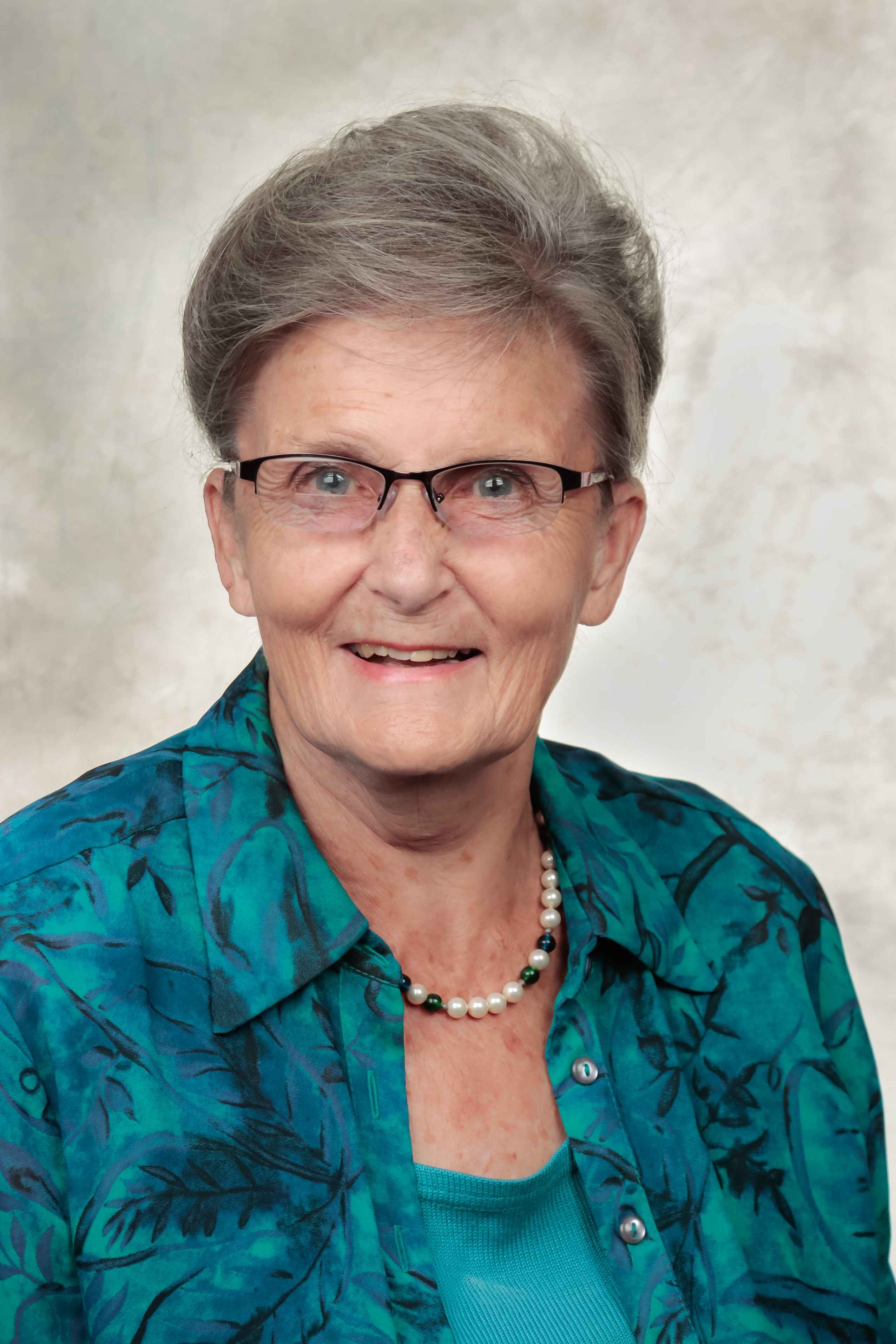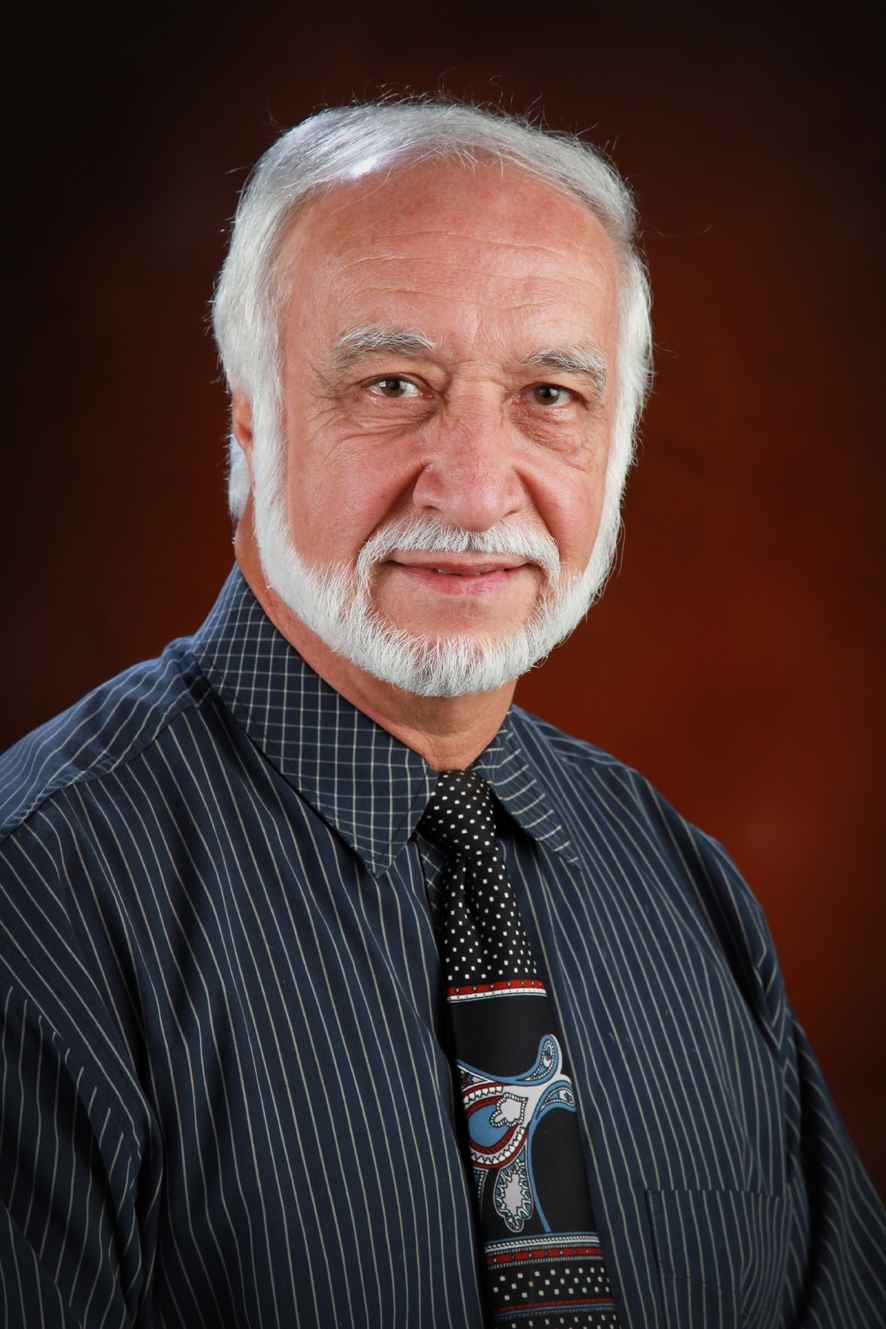Gauteng North Branch - Monthly Presentations 2024
One of the benefits of GSSA membership is the opportunity to attend a monthly talk by a knowledgeable speaker. The Gauteng North Branch is renowned for the quality, professionalism, and relevance of its presentations on a myriad of genealogy related topics. Navigate to the presentation video, text or slide set. Each presentation is in the language of the topic. For a summary of each presentation, see below.
| Click on the ✔ to open | ||||||
| DATE | SPEAKER | TOPIC | VIDEO | TEXT | SLIDES | CV |
| 2024-04-15 | Aletta Penning | Handgemaakte kant van Toeka tot Nou — Demonstrasie van 3 kantsoorte | ✔ | ✘ | ✔ | ✔ |
| 2024-02-10 | André Buys | Die Diep Afkoms van ‘n Afrikaner My voorouers van die hede tot die oorsprong van die mensdom |
✔ | ✘ | ✔ | ✔ |
| PRESENTATIONS OF PREVIOUS YEARS |
||||||
| 2023 | Northern Transvaal Branch / Gauteng North Branch - Monthly Presentations | |||||
| 2022 | Northern Transvaal Branch - Monthly Presentations |
|||||
| 2021 | Northern Transvaal Branch - Monthly Presentations | |||||
| 2020 |
Northern Transvaal Branch - Monthly Presentations |
|||||



